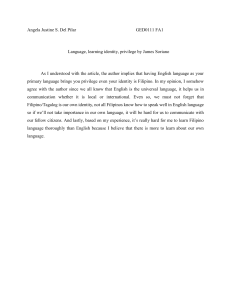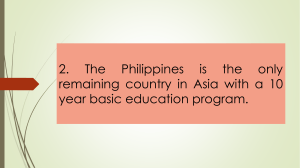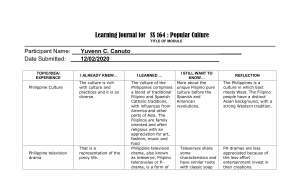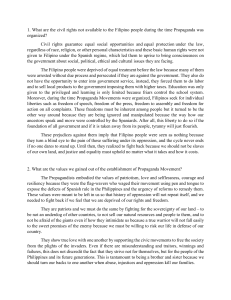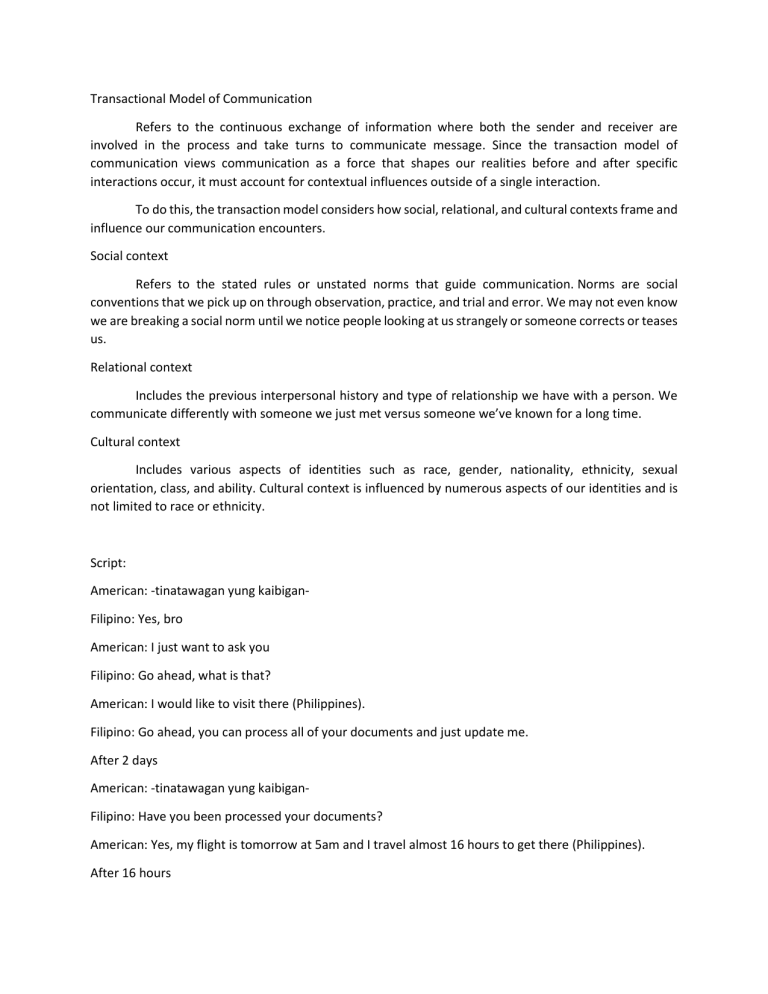
Transactional Model of Communication Refers to the continuous exchange of information where both the sender and receiver are involved in the process and take turns to communicate message. Since the transaction model of communication views communication as a force that shapes our realities before and after specific interactions occur, it must account for contextual influences outside of a single interaction. To do this, the transaction model considers how social, relational, and cultural contexts frame and influence our communication encounters. Social context Refers to the stated rules or unstated norms that guide communication. Norms are social conventions that we pick up on through observation, practice, and trial and error. We may not even know we are breaking a social norm until we notice people looking at us strangely or someone corrects or teases us. Relational context Includes the previous interpersonal history and type of relationship we have with a person. We communicate differently with someone we just met versus someone we’ve known for a long time. Cultural context Includes various aspects of identities such as race, gender, nationality, ethnicity, sexual orientation, class, and ability. Cultural context is influenced by numerous aspects of our identities and is not limited to race or ethnicity. Script: American: -tinatawagan yung kaibiganFilipino: Yes, bro American: I just want to ask you Filipino: Go ahead, what is that? American: I would like to visit there (Philippines). Filipino: Go ahead, you can process all of your documents and just update me. After 2 days American: -tinatawagan yung kaibiganFilipino: Have you been processed your documents? American: Yes, my flight is tomorrow at 5am and I travel almost 16 hours to get there (Philippines). After 16 hours American: -Yakap- I’m already here and I’m having so much fun Filipino: Ganun din ako, bro. American: Huh? Anyway, I’m so excited to travel here. (Philippines) Filipino: I’ll take you around here, so “it’s more fun in the Philippines”. American: Good to hear that Filipino: Did you know here when you meet a lolo or lola, when their asking you, you should say Po at Opo. America: Wow, what’s that word again? Filipino: Again, Po at Opo then “MAGMANO” that it shows respect for them America: What is that, “MAGMANO”, am I correct? Filipino: Galing, did you learn anything from me? America: Absolutely For example, he already has a close friend in the United States who wants to holiday in the Philippines. Assuming he's already entered the country. He can only be seen in person for the first time because he is a newbie to the country and is unfamiliar with our culture. Because once you communicate with him, there is a language barrier because he is a natural English speaker and you are just speaking English as a second language. You're having trouble pretending to understand his English because of his speed and accent. As a consequence, your relationship is strained (the barrier here is the language and accent) Local Wood Hard Wood Kamagong Also known as Philippine Ebony, Kamagong is a wood unique to the country. With a black heartwood (inner region) and gray sapwood, this produces really dramatic, dark timber hence the name. Kamagong is ideal for small, decorative pieces. Molave One of the hardest local woods, Molave has a fine texture that makes it smooth to the touch. It is ideal for window frames, shipbuilding, structural posts, railroad tracks, and other outdoor applications. Narra Narra is a popular tropical wood that has tones that range from yellow to red. Narra is ideal for furnishings, floor planks, and wall panels because of its fine grain texture. The wood itself is lustrous and has an attractive odor. Tanguile A moderately hard reddish wood, Tanguile is one of the seven local woods often referred to as Philippine Mahogany. This abundant wood type boasts of fine ribbon or straight grain. It's relatively soft and easy to work on, but resilient enough for outdoor construction. Yakal This resinous wood with yellow to golden-red tones is another local mahogany type. A high-grade timber, yakal can tolerate harsh hot and cold weathers.
